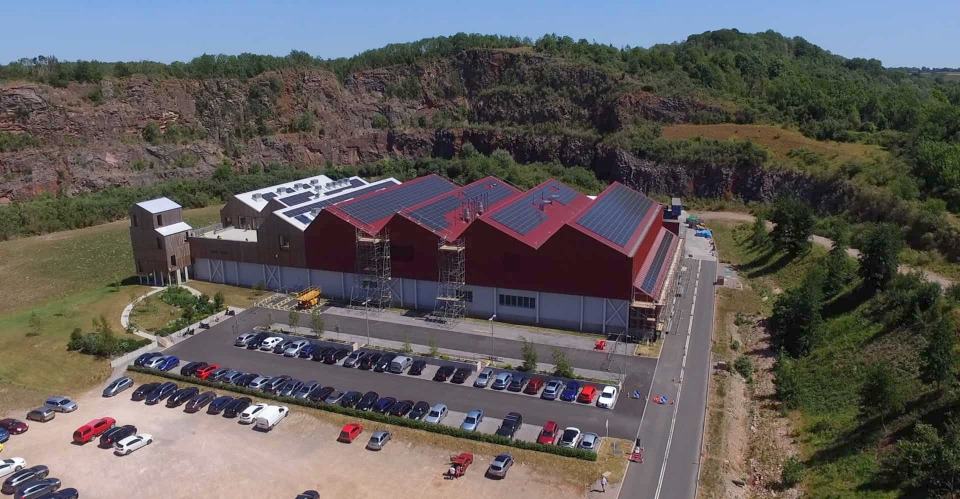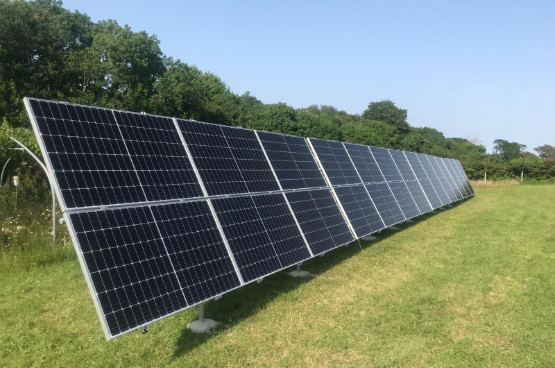It was no surprise to see in the media last week that not only are homeowners facing 17 years of continual above-inflation energy price rises , but also that 2013 will be one of the warmest years on record, with man-made climate change directly responsible for the increased temperature .
But while many media outlets are up in arms about the price rises, I’ve remained slightly more philosophical about the news and believe it could be a blessing in disguise in the fight against climate change
It often takes extreme situations to make people stand up and take notice, and if excessive financial increases coupled with a deep mistrust of the big 6 force homeowners to look for alternative methods of heating and powering their homes and lowering their energy bills, then that has to be a positive step forwards that in the long term will benefit everyone.
In an ideal world people would switch to generating renewable energy anyway, particularly as there is already a strong financial and environmental argument to do so. However, we must recognise that over recent years prices have remained low enough for people to comfortably continue using traditional forms of energy. While this is certainly the ‘easy option’, we’ve continued to produce too much carbon dioxide and carry on contributing to man-made global warming.
The best example of how householders can do this is to have solar PV panels installed on their roof (4kW systems have dropped from around £20,000 three years ago to around £6,500 now), which typically produce 50% of a household’s electricity needs. However, there are many other ways too.
Take one SunGift Customer Wilfred Reynolds (link). Just over 18 months ago we installed solar PV and solar thermal systems to the roof of his house, then 12 months later he commissioned us to install a ground source heat pump too. Now he’s enjoying low fuel bills, earning generous Feed-in tariff payments, and looking forward to renewable heat incentive (RHI) payments. That’s in addition to the cavity wall insulation, upgraded loft insulation, argon gas double glazing, and rainwater harvesting system he had put in. In just 18 months, Wilfred’s PV system has generated more than 6,500 kWh of electricity, earned almost £3,000 in Feed-in Tariff payments, and saved almost £500 in electricity bill payments. Now that’s financially beneficial sustainable living!
And for those who think it’s only possible in newer houses, take a look at the case study about my ‘leaky’ 1920s house (below), which shows you can retrofit sustainable energy measures to almost any building.
Gabriel Wondrausch
Managing director

 Solar PV Contractor of the Year 2024
Solar PV Contractor of the Year 2024
